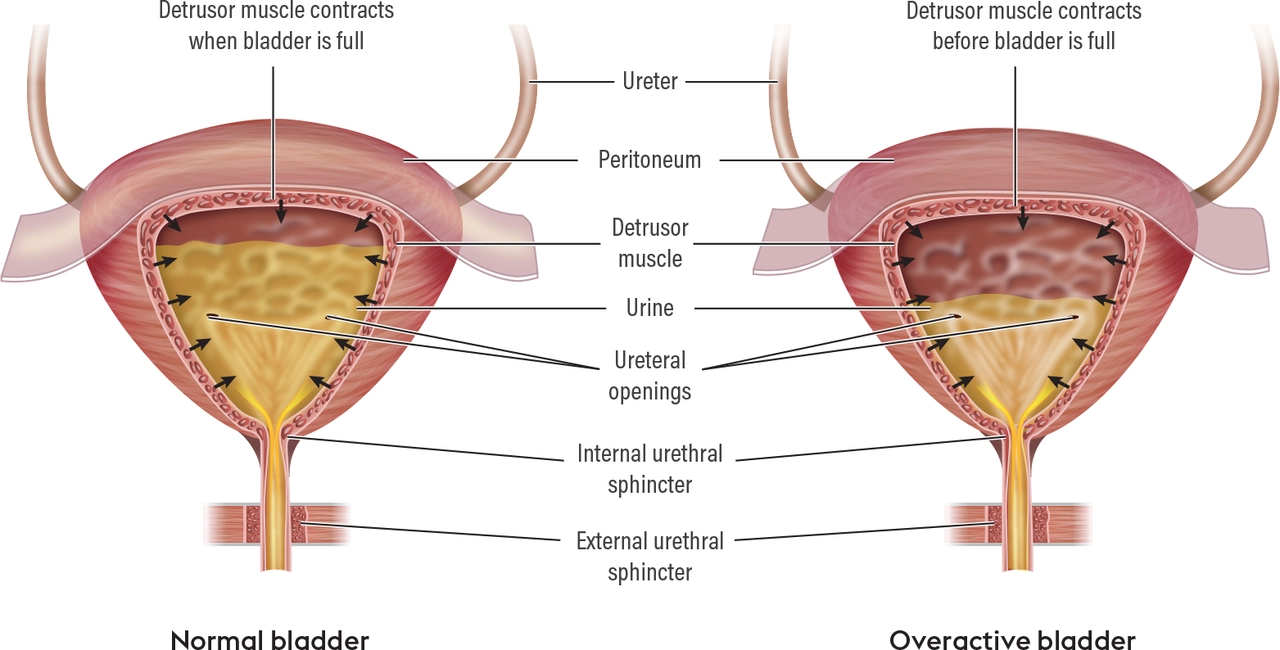As a blogger, I recently came across a fascinating treatment option for urinary incontinence called Mirabegron. This medication works by relaxing the bladder muscles, which helps to increase its capacity and reduce the urgency to urinate. Since starting my research, I've learned that Mirabegron has proven to be an effective and safe option for managing symptoms, especially for patients who cannot tolerate anticholinergic drugs. I'm delighted to share this valuable information with my readers, as it could potentially improve the quality of life for those struggling with urinary incontinence. Don't hesitate to consult your doctor if you think Mirabegron might be a suitable treatment option for you.
Urinary incontinence: practical help, treatments, and daily tips
Leaking urine is more common than people think. It affects younger women after childbirth and older adults too, men after prostate surgery, and people with nerve problems. The first step is knowing the type: stress, urge, overflow, or functional. Each needs different care.
Stress incontinence leaks with coughing, laughing, or lifting. Urge incontinence is a sudden need to go and you can’t hold it. Overflow incontinence happens when the bladder doesn’t empty and dribbles. Functional incontinence comes from mobility or thinking problems, not the bladder itself.
Simple fixes often help a lot. Start with pelvic floor exercises—aka Kegels—to strengthen the muscles that stop leaks. Try timed voiding: go to the bathroom on a schedule, even if you don’t feel the need, and slowly stretch the time between visits. Cut back on bladder irritants like caffeine, alcohol, and very acidic drinks.
Treatments that work
Behavior changes and exercises are the first line. If that’s not enough, medications can help. Antimuscarinics like tolterodine reduce bladder spasms but may cause dry mouth or constipation. Newer drugs like beta‑3 agonists calm the bladder with fewer anticholinergic effects. If urinary infection is the cause, antibiotics such as nitrofurantoin or trimethoprim‑sulfamethoxazole (Bactrim) are common choices—your doctor will pick based on the infection and local resistance patterns.
If medicines fail, there are simple procedures and devices. Botox injections into the bladder reduce overactivity for months. Nerve stimulators offer ongoing control for people who don’t respond to pills. Sling surgery and bladder neck procedures help stress incontinence in women and some men. Absorbent pads, guards, and skin care products are useful while you try other treatments.
Tests, when to see a doctor, and daily tips
See a doctor if leaks limit your life, cause skin problems, or follow surgery or stroke. Tests often include a urine check for infection, bladder diary, ultrasound for residual urine, and sometimes urodynamic studies. Those tests guide specific treatments.
Small daily changes make a difference: lose extra weight, treat constipation, stop smoking, and time fluids so nights are drier. Practice Kegels correctly—tighten for five seconds, relax five seconds, repeat 10 times three times a day. Keep a bladder diary for a few days to show your doctor how often and how much you leak.
Don’t accept leakage as just “part of getting older.” Many options exist and a combination of measures often gives the best result. Ask your clinician about pelvic floor physio, drug choices, and minimally invasive procedures. With the right plan, most people see real improvement and regain confidence.
If you want quick reading, check articles on UTIs, drug choices, and pelvic floor therapy to learn more about nitrofurantoin versus Bactrim, tolterodine effects, and when antibiotics are needed. Track symptoms, bring your bladder diary to appointments, and ask about physical therapy before surgery. Insurance coverage varies, so ask about costs for procedures and devices. Small steps now often prevent bigger problems later and improve everyday life. You don’t have to struggle alone. Really.

